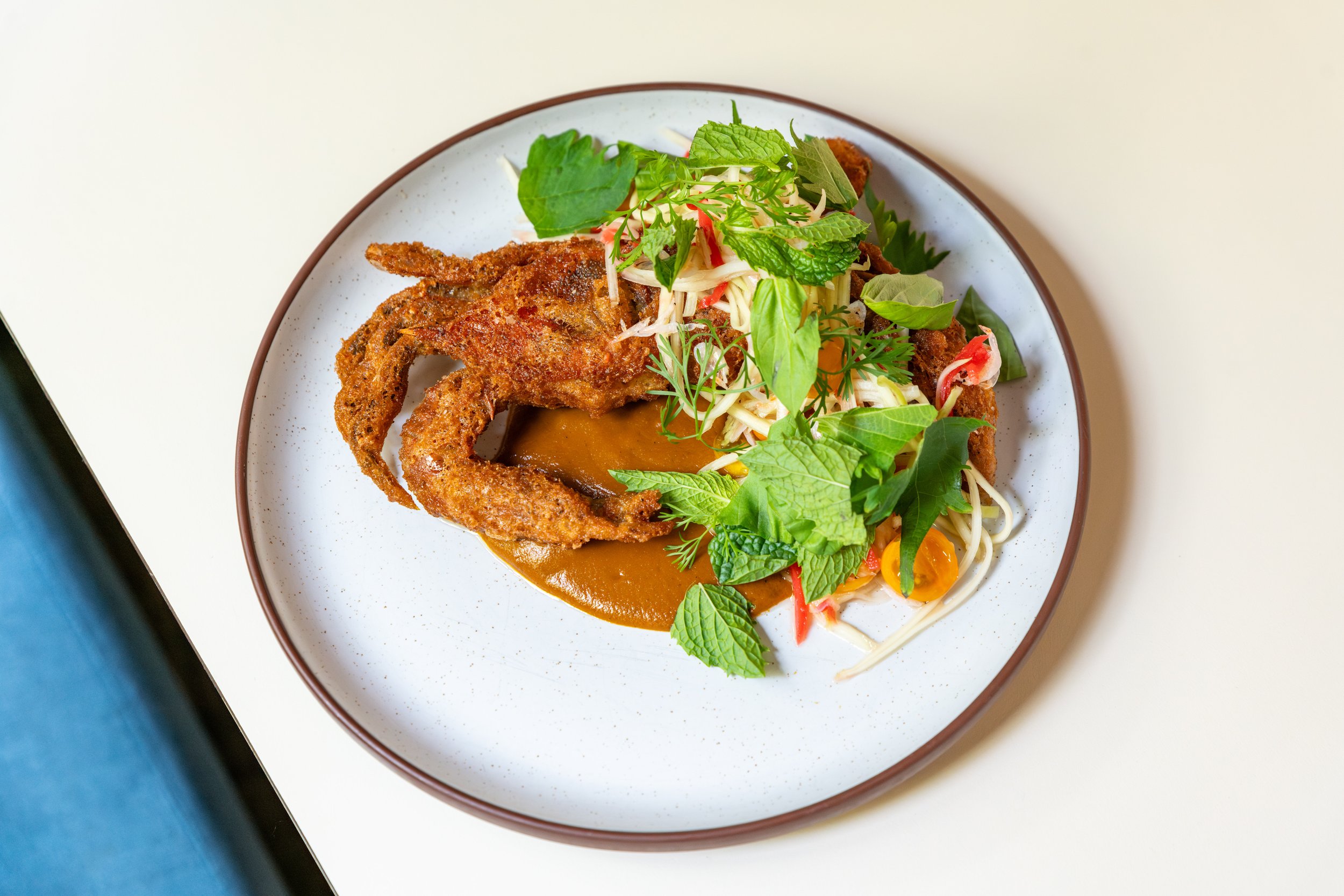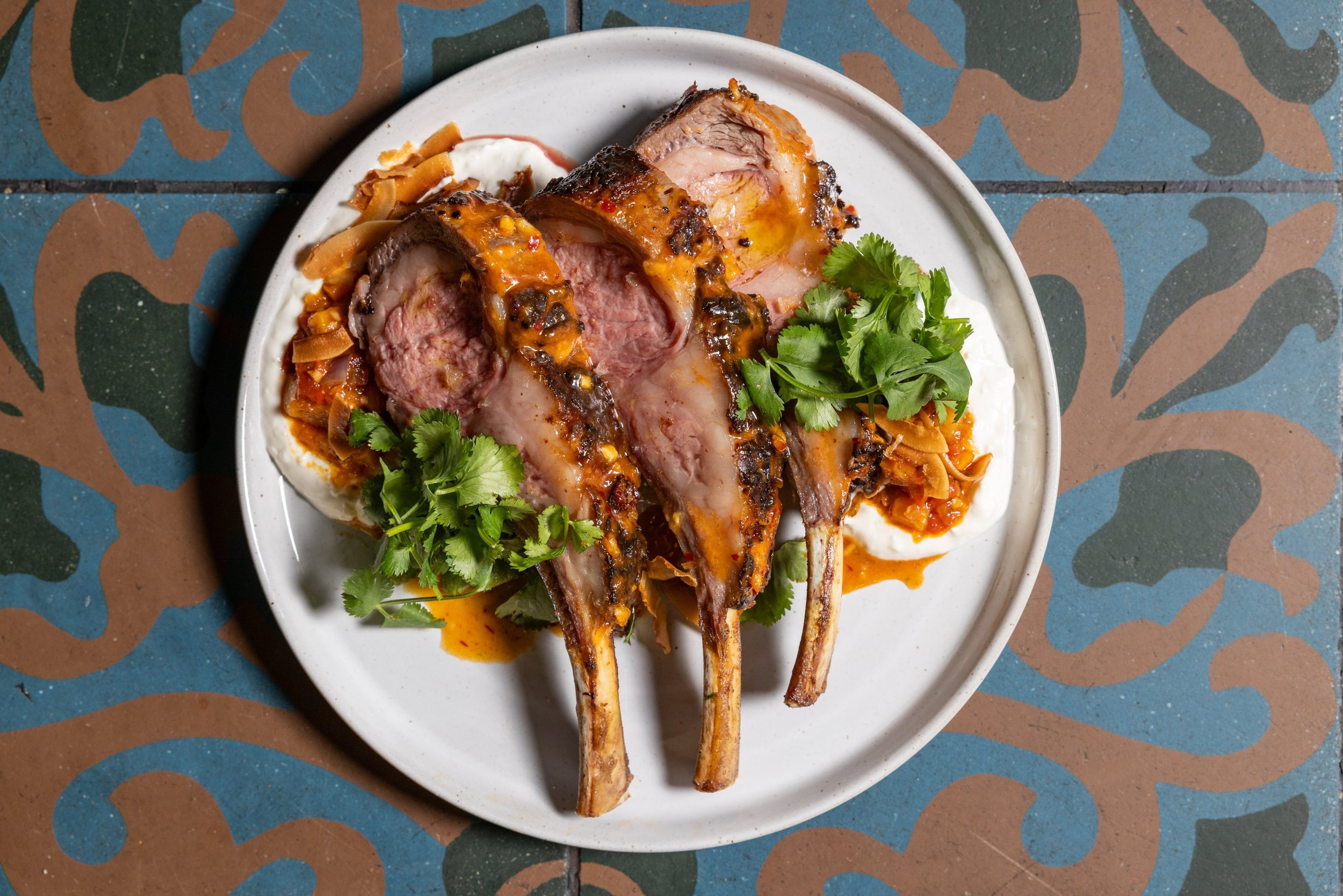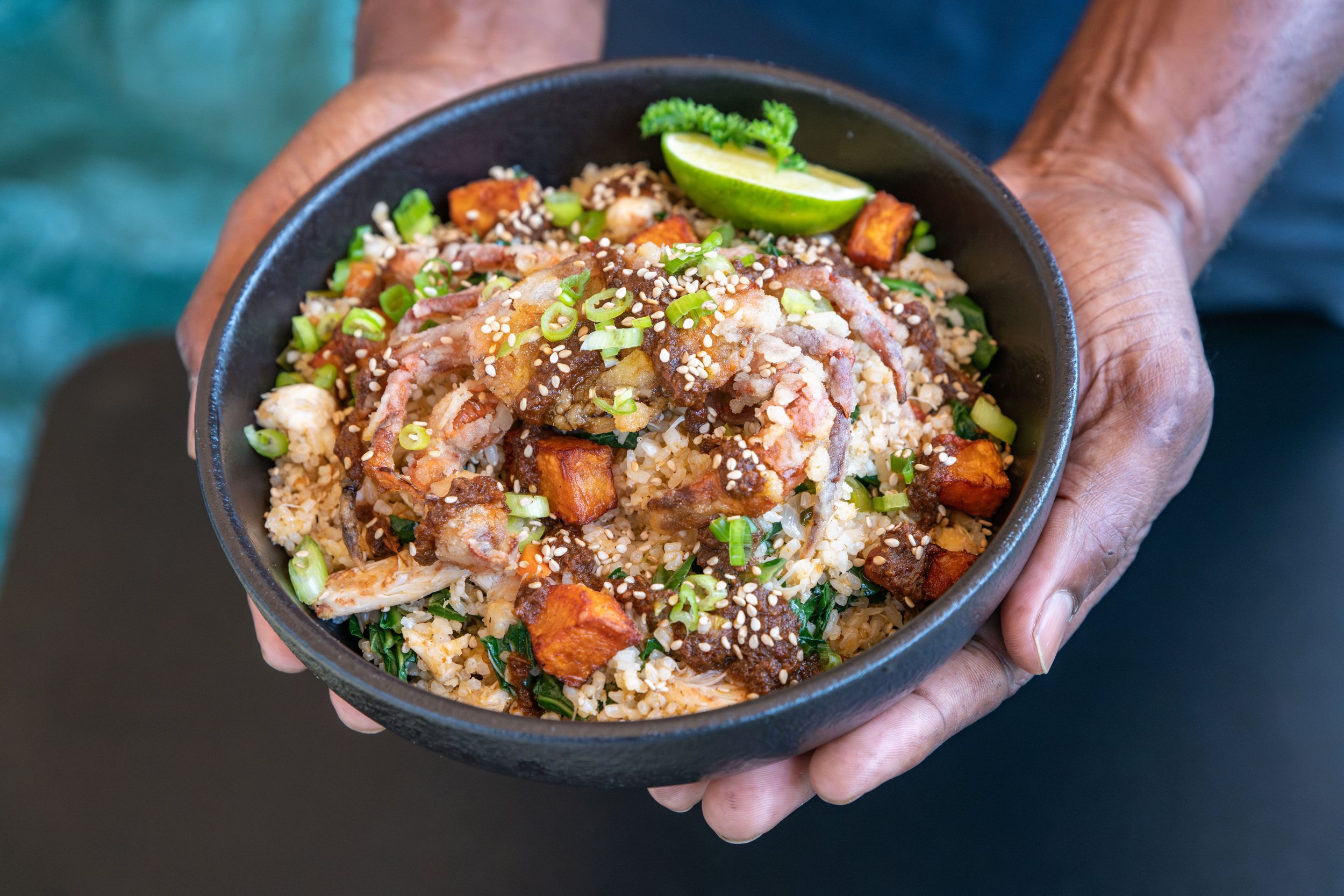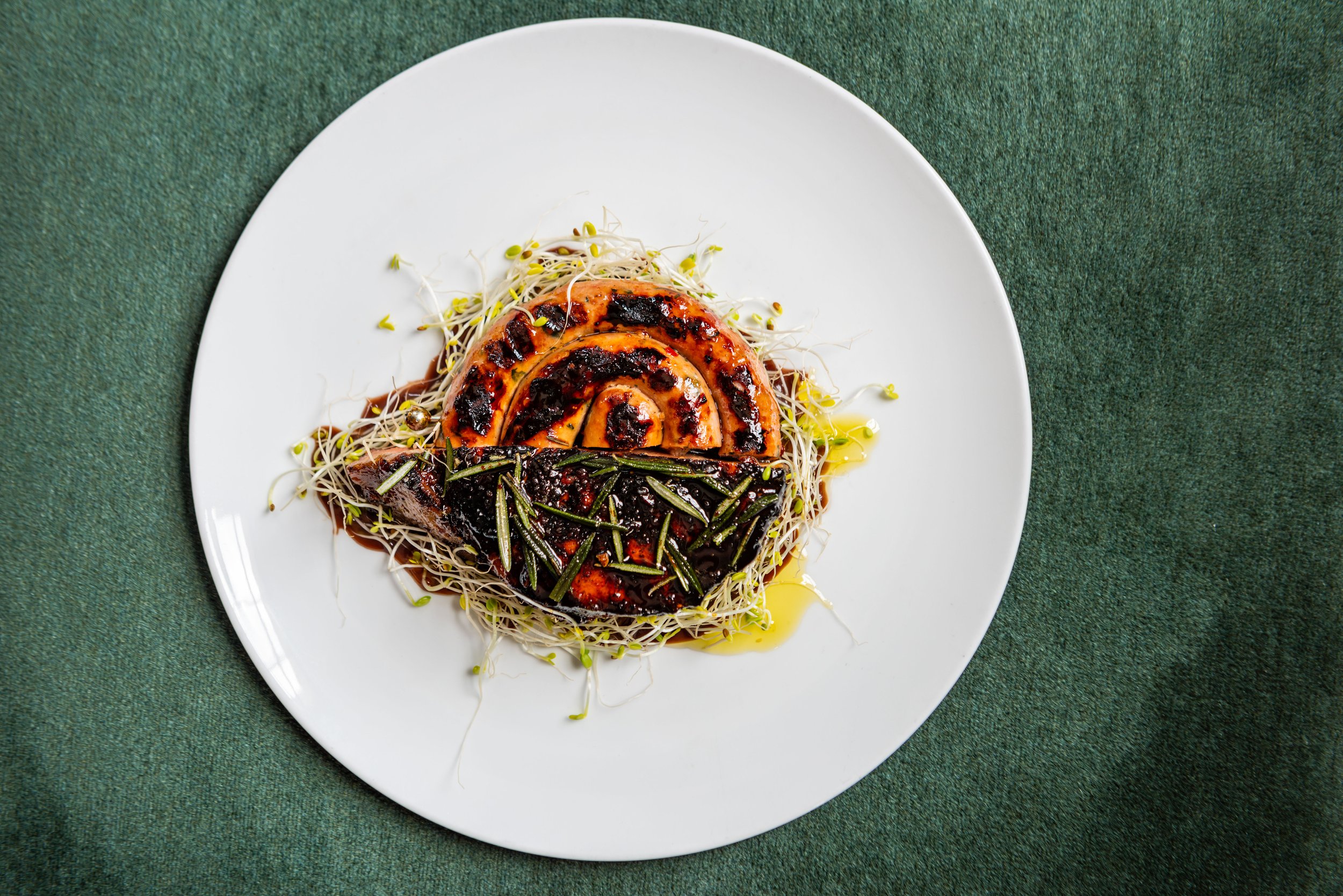The Path to Pithivier
An in-depth look at the process behind Chef Colin Shane’s squab pithivier at The Continental.
Chef Colin Shane’s path to the pithivier began with a love of charcuterie.
“When you get into the charcuterie world and start looking into it, [pâtés en croûte] are like the ultimate challenge,” says Shane. I was always chasing that down, and for years I worked in restaurants that didn't really fit with that cuisine.”
But after a conversation with his former co-worker, now Sean Brock’s culinary director, Joshua Lanning, Shane packed his bags and made his way to Nashville, where he became chef de cuisine at Brock’s The Continental. Both Brock and Shane were “hell-bent” on honoring the origin of American fine dining on display at mid-century hotel restaurants—what made early American cuisine so “iconic and timeless.” There would be honey-butter-doused Parker house rolls, a raw play on Oysters Rockefeller, caviar parfaits, and the pièce de résistance, pâtés en croûte carved tableside. So after years of tinkering with his recipe, Shane was finally able to debut his pâtés en croûte (full recipe here).
“The pithivier is very ornate and beautiful. And we wanted to make sure we were doing it with integrity.” says Shane. Inspired by California cuisine and the new Nordic food movement, Shane sources the ripest and freshest produce in peak season. For winter, that meant a filling of black trumpet mushrooms and squab.
The process—which takes approximately 24 hours—begins with breaking down the squab, creating a confit out of the skin, legs, and offal, and curing them overnight. Shane then renders the skin of the squab in a pan and chops it into very fine pieces that are combined with red wine vinegar, pâté spice, and sorghum to make a conserva.
Shane folds a black trumpet duxelle into a mousseline made from lean poultry meat, heavy cream, egg whites, and truffle juice. “When it cooks, the mousse is going to set firm. You can't even really tell it's there, but it binds all that chopped mushroom from being crumbly and falling out,” he says. “The result is something you can slice very cleanly—it’s just one of those little secrets I’ve learned over the years.”
chef colin shane of the continental | Photos: Will Blunt
While the seasoned squab breast marinates in a mix of Madeira, Cognac, four-spice powder, thyme, and shallot, the buttery pie dough is sheeted out and punched into two discs. The duxelle mixture and squab breasts are then wrapped in a thin, crêpe-like brick dough sheet followed by the pâte brisée.“We actually wrap the breasts and duxelle up, almost like its own little package that goes inside of the pastry dough,” says Shane. “That second layer of dough is keeping everything secure and tight, creating another moisture barrier to keep the pastry from becoming soggy.”
Before the pithivier makes its way to the oven, the dough is scored in a spiral motion and given a hole on the top that creates a steam vent. It’s baked at 400°F for about eight to nine minutes, or until the internal temperature is between 90°F to 100°F, then it rests until the squab reaches 120°F to 130°F —a mid-rare range on the breast. Finally, it’s sliced in half.
Shane plans to adapt his pithivier recipe in the future, with fillings running the culinary and seasonal gamut. “We’re really trying to capture the formula and technique behind it—like a roadmap that we can use to evolve the dish throughout the year to feel familiar but new to people every time they come in; it’s adjusted as often as we want to reflect the seasons,” adds Shane. “It’s a dish I’m really proud of.”








